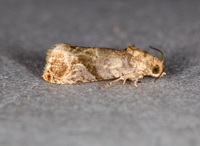
| Recorded by: Jim Petranka, Becky Elkin, Marilyn Westphal, Nora Murdock on 2025-08-25
Henderson Co.
Comment: | 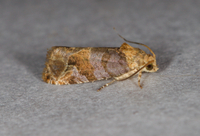
| Recorded by: Jim Petranka on 2025-07-24
Madison Co.
Comment: Specimen was dissected (male). |
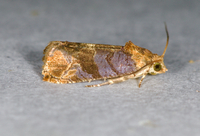
| Recorded by: Jim Petranka on 2025-07-22
Madison Co.
Comment: Two specimens were dissected (both males). | 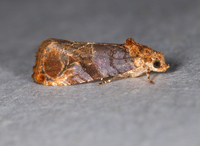
| Recorded by: Jim Petranka on 2025-07-18
Madison Co.
Comment: Two specimens were dissected (both females). |
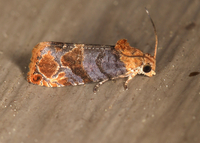
| Recorded by: Jim Petranka on 2025-07-15
Madison Co.
Comment: | 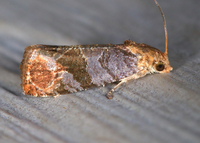
| Recorded by: Jim Petranka on 2025-07-15
Madison Co.
Comment: |
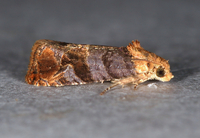
| Recorded by: Jim Petranka on 2025-06-11
Madison Co.
Comment: Specimen was dissected. | 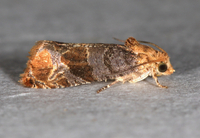
| Recorded by: Jim Petranka on 2025-05-16
Madison Co.
Comment: |
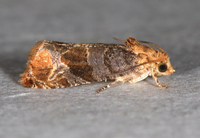
| Recorded by: Jim Petranka on 2025-05-16
Madison Co.
Comment: | 
| Recorded by: Jim Petranka on 2025-04-23
Madison Co.
Comment: A male (dissected). |
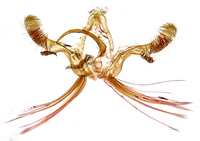
| Recorded by: Jim Petranka on 2025-04-23
Madison Co.
Comment: Male genitalia. | 
| Recorded by: K. Bischof on 2024-04-20
Transylvania Co.
Comment: |

| Recorded by: K. Bischof on 2024-04-20
Transylvania Co.
Comment: | 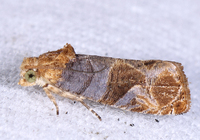
| Recorded by: John Petranka, David George on 2023-08-05
Orange Co.
Comment: |
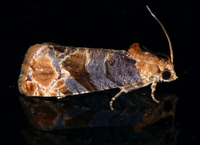
| Recorded by: Jim Petranka on 2023-04-21
Madison Co.
Comment: | 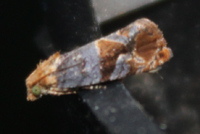
| Recorded by: Vin Stanton on 2022-07-17
Buncombe Co.
Comment: |
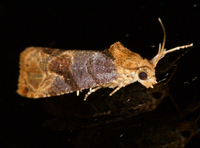
| Recorded by: Jim Petranka on 2022-07-11
Madison Co.
Comment: | 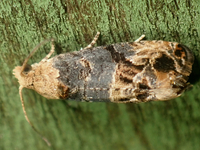
| Recorded by: tom ward on 2022-04-25
Buncombe Co.
Comment: |
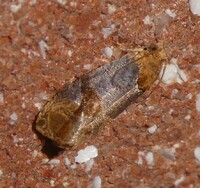
| Recorded by: Simpson Eason on 2021-09-01
Durham Co.
Comment: | 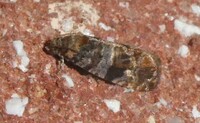
| Recorded by: Simpson Eason on 2021-04-29
Durham Co.
Comment: |
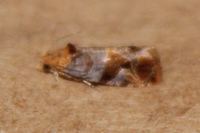
| Recorded by: Vin Stanton on 2020-05-26
Buncombe Co.
Comment: | 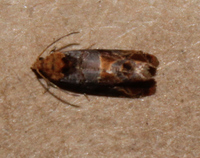
| Recorded by: Vin Stanton on 2020-05-26
Buncombe Co.
Comment: |
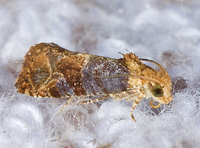
| Recorded by: Jim Petranka on 2020-05-23
Madison Co.
Comment: | 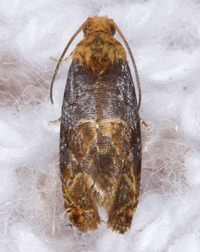
| Recorded by: Jim Petranka on 2020-05-23
Madison Co.
Comment: |
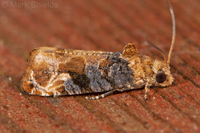
| Recorded by: Mark Shields on 2019-10-05
Onslow Co.
Comment: | 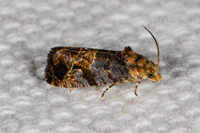
| Recorded by: David L. Heavner on 2019-08-26
Buncombe Co.
Comment: |
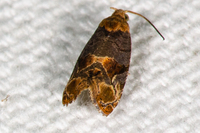
| Recorded by: David L. Heavner on 2019-08-04
Buncombe Co.
Comment: | 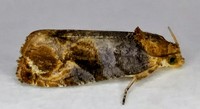
| Recorded by: Gary Maness on 2019-06-03
Guilford Co.
Comment: |
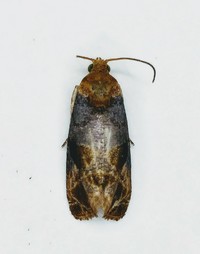
| Recorded by: Gary Maness on 2019-06-03
Guilford Co.
Comment: | 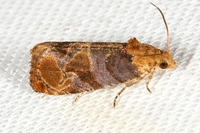
| Recorded by: Jim Petranka and Becky Elkin on 2019-05-18
Madison Co.
Comment: |
|

 »
»
























